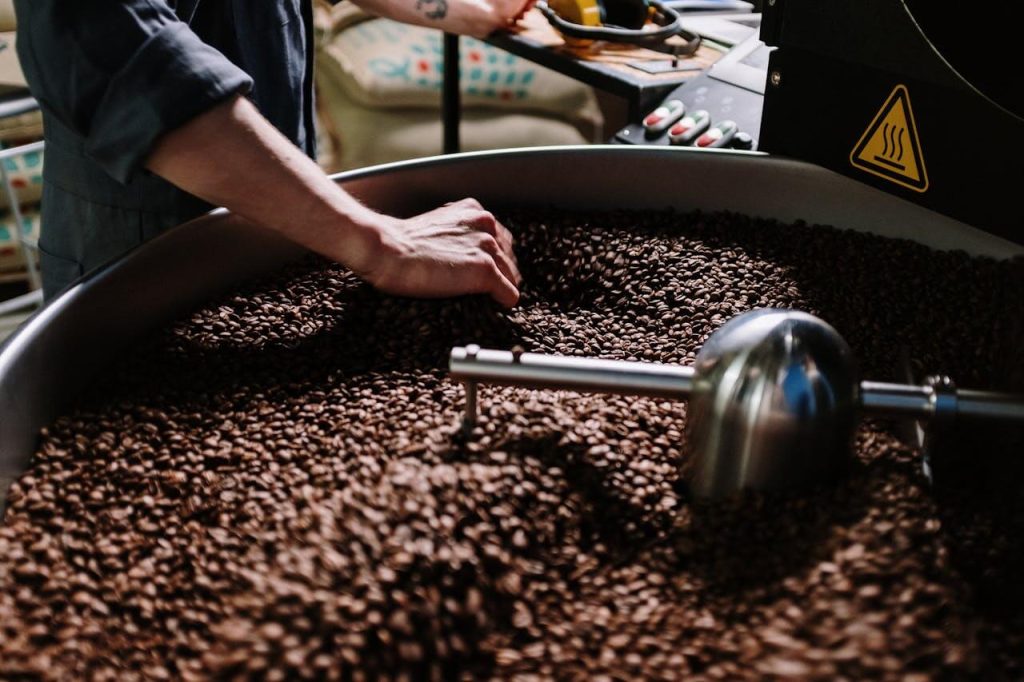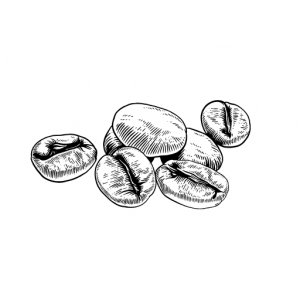In the bustling landscape of coffee culture, Arabica stands as a revered figure, captivating the palates of coffee connoisseurs worldwide. For those venturing into the realm of coffee production, understanding the nuances of Arabica cultivation is essential for success. From its ancient origins in the highlands of Ethiopia to its current global prominence, Arabica coffee production embodies a blend of tradition, innovation, and environmental stewardship. In this comprehensive guide, we unravel the intricacies of Arabica coffee production, offering insights into its origins, ideal growing conditions, global production landscape, and the challenges posed by climate change.

Origins: Tracing the Roots of Arabica Coffee
Contrary to its name, Arabica coffee traces its origins to the fertile lands of Ethiopia, where it was first discovered by the tribes of Oromo in the Kefa Kingdom around 1,000 BC. The journey of Arabica coffee began when the beans traversed the lower regions of the Arabian Peninsula, eventually reaching Yemen in the 7th century. It was here that Yemeni scholars first roasted the beans, unlocking their potential to enhance productivity and fuel long hours of scholarly pursuits. With this pivotal moment, Arabica coffee secured its place in history as the first documented type of coffee, setting the stage for its global ascent.
Ideal Growing Conditions: Nurturing Arabica Coffee in High Altitudes
Arabica coffee thrives in environments characterized by high altitudes and moderate temperatures. Optimal growing conditions for Arabica cultivation include temperatures ranging from 15-24⁰C, with altitude playing a crucial role in flavor development and bean quality. In its natural habitat, Arabica trees can reach towering heights of up to 12 meters, but for commercial cultivation, they are typically pruned to around 2 meters to facilitate harvesting. With oval-shaped, dark green leaves and cherries maturing over 7-9 months, Arabica coffee embodies a delicate balance of nature and cultivation, yielding beans prized for their nuanced flavors and aromatic profiles.
Global Production Arabica Coffee: From Africa to South America
While its origins lie in Africa, the bulk of Arabica coffee production now rests in the hands of South American countries, notably Brazil and Colombia. The favorable climate and expansive landscapes of South America provide an ideal environment for Arabica cultivation, resulting in high-quality beans coveted by coffee aficionados worldwide. However, the looming specter of climate change poses a significant threat to Arabica production, with predictions of declining yields and diminishing quality in the years to come. Deforestation, driven by the need to create farmlands for coffee cultivation, exacerbates these challenges, contributing to global warming and ecosystem degradation.
Challenges and Considerations: Navigating the Impact of Climate Change
As the demand for Arabica coffee continues to soar, producers must confront the harsh realities of climate change and its implications for coffee cultivation. Rising temperatures, erratic weather patterns, and environmental degradation pose formidable challenges to Arabica production, threatening both livelihoods and ecosystems. The need for sustainable farming practices and conservation efforts has never been more pressing, as stakeholders work to mitigate the adverse effects of climate change on Arabica coffee production. By embracing innovation, resilience, and collective action, the coffee industry can navigate these challenges and safeguard the future of Arabica cultivation for generations to come.
In the dynamic landscape of Arabica coffee production, each bean tells a story—a narrative woven with threads of tradition, innovation, and environmental stewardship. As coffee enthusiasts savor the rich complexities of Arabica brews, they become custodians of a heritage rooted in centuries of cultivation and craftsmanship. By understanding the origins, ideal growing conditions, and global production landscape of Arabica coffee, producers and consumers alike can forge a deeper appreciation for this cherished beverage. As we navigate the challenges posed by climate change, let us unite in our commitment to sustainability, resilience, and the preservation of Arabica coffee for future generations. Together, we can ensure that the aromatic legacy of Arabica continues to thrive, one exquisite cup at a time.


